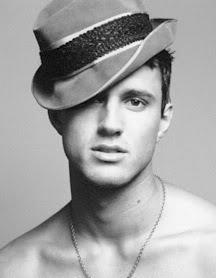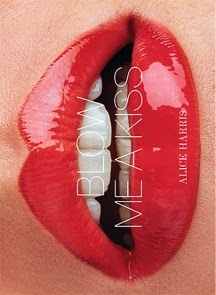 Men who love shoes love Pierre Corthay. He's charming, with a quiet demeanor that disguises grand obsessions. But set him loose at your feet and his eyes dance, his practiced hands fly, and his gestures--and enthusiasm--expand. Corthay knew from age 16 that he wanted to make shoes: He spent six years in technical school, then worked for John Lobb, Paris, and Olga Berluti; in 1990 he took over a retired boot maker's atelier near the Place Vendôme and launched his own company. The business grew quickly, thanks to good publicity, some windfall commissions (custom shoes for 50 founding members of Bridgehampton's Golf Club, 150 pairs for the Sultan of Brunei), and a partnership with his brother, Christophe. Bespoke service was always the enterprise's raison d'être, but both Corthays also wanted to make ready-to-wear collections in their newly-acquired factory just outside of Paris. While still relatively small, the company was suddenly able to expand: the brothers opened three Pierre Corthay shops in Japan, and began taking custom orders and selling ready-made shoes in a handful of European and American stores. In short, they went global.
Men who love shoes love Pierre Corthay. He's charming, with a quiet demeanor that disguises grand obsessions. But set him loose at your feet and his eyes dance, his practiced hands fly, and his gestures--and enthusiasm--expand. Corthay knew from age 16 that he wanted to make shoes: He spent six years in technical school, then worked for John Lobb, Paris, and Olga Berluti; in 1990 he took over a retired boot maker's atelier near the Place Vendôme and launched his own company. The business grew quickly, thanks to good publicity, some windfall commissions (custom shoes for 50 founding members of Bridgehampton's Golf Club, 150 pairs for the Sultan of Brunei), and a partnership with his brother, Christophe. Bespoke service was always the enterprise's raison d'être, but both Corthays also wanted to make ready-to-wear collections in their newly-acquired factory just outside of Paris. While still relatively small, the company was suddenly able to expand: the brothers opened three Pierre Corthay shops in Japan, and began taking custom orders and selling ready-made shoes in a handful of European and American stores. In short, they went global.On the sunny July day I visited, Corthay's atelier was humming at 8:30 in the morning. Antoine, a recently-hired 22-year-old craftsman, sat near open windows, bent over his task of stretching and trimming leather on wooden lasts. Stephane, a young patiniste, perched in another corner hand-coloring crocodile lace-ups: his hands moved rapidly, whisking each shoe with thin layers of pigment. A preternaturally hip Japanese man--taking a break from his regular job making Chanel couture shoes at nearby Massaro--occupied a table in the front hall, where he was methodically polishing each finished pair. Pierre was in the basement, deep in concentration as he pored over a customer's order and sorted through piles of lustrous, French-tanned skins from Le Puy and Alsace. Bespoke clients usually work directly with Pierre or Christophe, who measure their feet, observe their stance and then personally carve their lasts. Pierre also develops ready-to-wear models, overseeing the many steps between his original designs and standardized production. Perhaps his greatest challenge is keeping the factory staffed with talented craftspeople: machinery has streamlined some of the labor, but an enormous amount of handwork still goes into every pair of ready-to-wear shoes.
Paris is Paris is Paris--but a very small corner of it can be found at Leffot, on Christopher Street in Manhattan's West Village. Run by Steven Taffel, this tiny boutique (ignored by casual shoppers) sends out signals that mysteriously attract shoe-loving men. The store has one long table in its center, where gleaming pairs by Pierre Corthay sit next to shoes and boots from Gaziano & Girling, J.M. Weston and Edward Green, among others. Most of the shoemakers also visit the shop, for trunk shows and private appointments with bespoke clients. Go to Leffot soon, to enjoy the shoes, meet the owner and join the prestigious mailing list. Your feet will thank you.
www.corthay.fr
www.leffot.com
Photograph by Ron Reeves
www.ronreeves.com

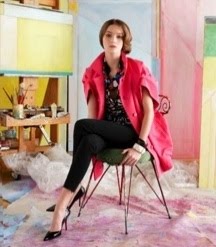
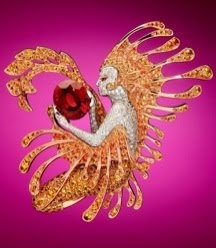






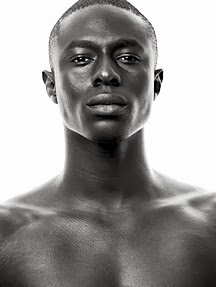










.jpg)

.jpg)

.jpg)
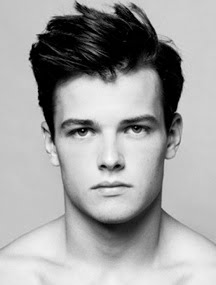
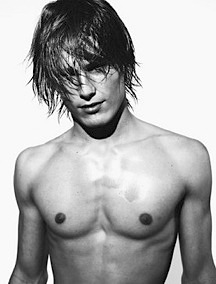
.jpg)




.jpg)
